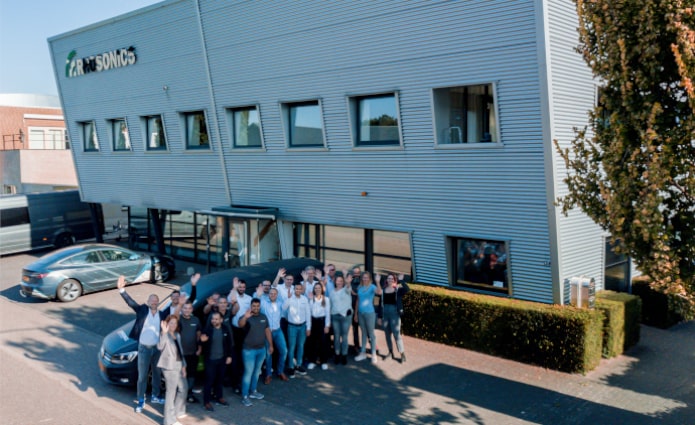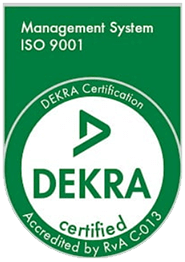The ten most reported issues with nuclear density meters
Friday 09 Dec 2022
Are you struggling with regulations and safety measures for your radiation source? You are not the only one. End-users in the mineral processing and dredging industries are often reporting issues to us about their nuclear gauges. Below, you can find the ten most reported issues with radiation-based measurement devices followed by a solution to solve these issues.
1. Governmental regulations
One of the issues with nuclear density meters is governments are implementing new regulations for the use of radioactive sources and existing rules are getting stricter. Without licenses, it is hard for a company to start using radioactive measuring instruments. These changes are supported by the fact that governments are prioritizing care for the environment. At the same time, companies want to provide a safe and pleasant working environment for their employees.
2. Disposal of the source
What am I going to do with the old source? The customer expects the supplier to come up with a solution for source disposal. When the source is beyond the usable life, the customer has two options: 1. Store the source on-site. 2. Disposal. Some have teams to remove the source, but normally, the manufacturer or supplier of radioactive sources is caring for the disposal of the sources.
In some countries, the manufacturer is even obligated to offer disposal services. In other countries, end-users have to arrange the disposal themselves by searching for an authorized company or responsible authority to carry out the work. There are high costs for the disposal of the source. For example, this is about 7,000 US$ in the United States, but only if there are no additional costs to solve safety problems with radiation protection shielding.
3. Inspection and cleaning (radiation leak test)
Some governments require the user of the source to hire a company that inspects the level of radioactivity on the outside of the source. This is, for example, required by the Dutch government for the dredging industry. A certified company takes samples from the radiation protection shield and shares the results with the client and local authorities. This inspection is also called a wipe test or a leak test. First, the surface of the protective shielding is covered and cleaned with an ethanol solution, then a cotton swab is used to check for surface contamination (e.g. with a cobalt-60 radioactive isotope). Typically, license holders who operate a sealed source are required to have the source tested for leakage periodically. Records are reviewed and approved by inspectors and are kept for a certain period (e.g. three years).
Other issues:
4. Storage
5. Tracking the source (and the consequences of losing a source)
6. Malfunctioning of the shutter
7. Mandatory Training (Special safety officer at the plant)
8. Half-life and decreasing performances
9. Transportation
10. Health and safety issues examples
There are more important issues with nuclear density meters and nuclear density sources. Our whitepaper about nuclear density meter issues will give a complete explanation of all of these nuclear issues. Request our free whitepaper via the request form below and we will automatically send it to you.
Do you want to solve your nuclear issues?
Rhosonics helps the industry to eliminate all costs and risks associated with the radiation source. Nuclear density meters have been dominating the market for decades, but are nowadays no longer needed. Are you experiencing the same issues as mentioned in these top ten? Then please contact us for help.
Als, read our blog about ‘Nuclear vs. Ultrasonic‘.
Want to have frequent updates on our products? Then please subscribe to our newsletter or follow us on our social media accounts at LinkedIn, Twitter and Instagram.
Receive our technical update?
Fill in your name and email address and we’ll keep you in the loop on our latest technology updates.



